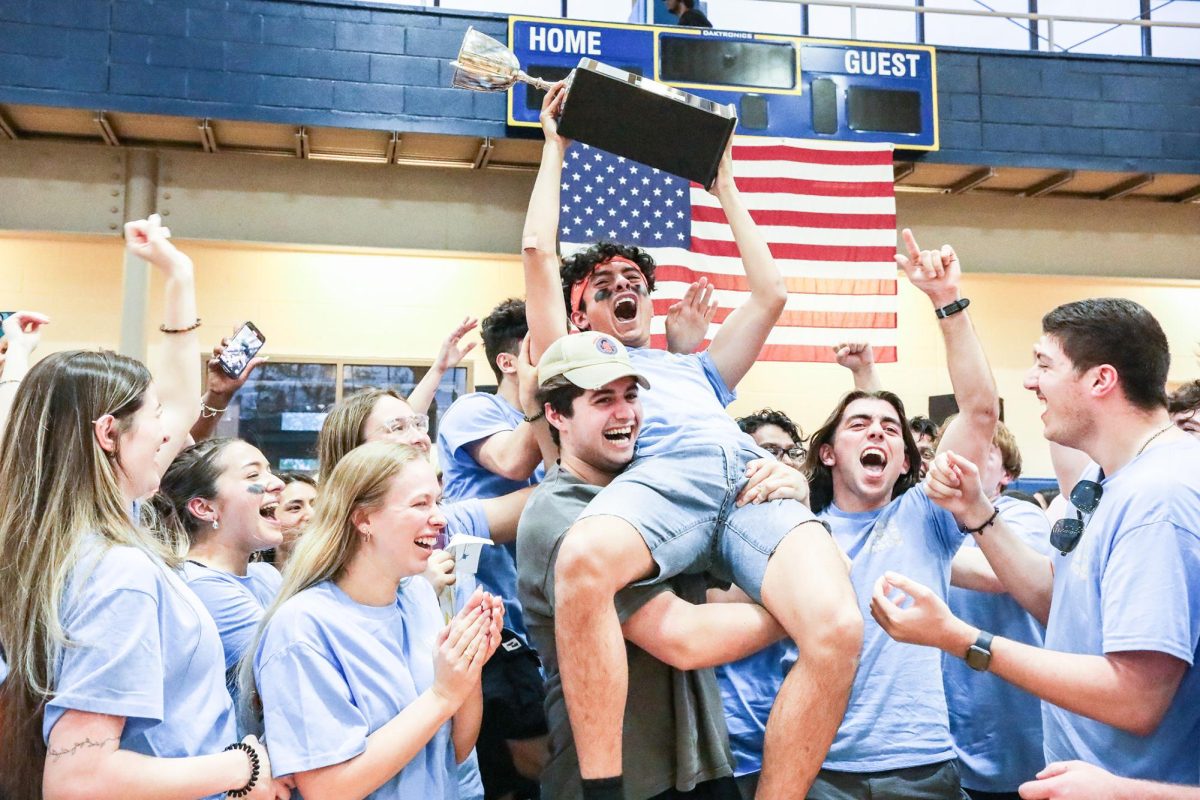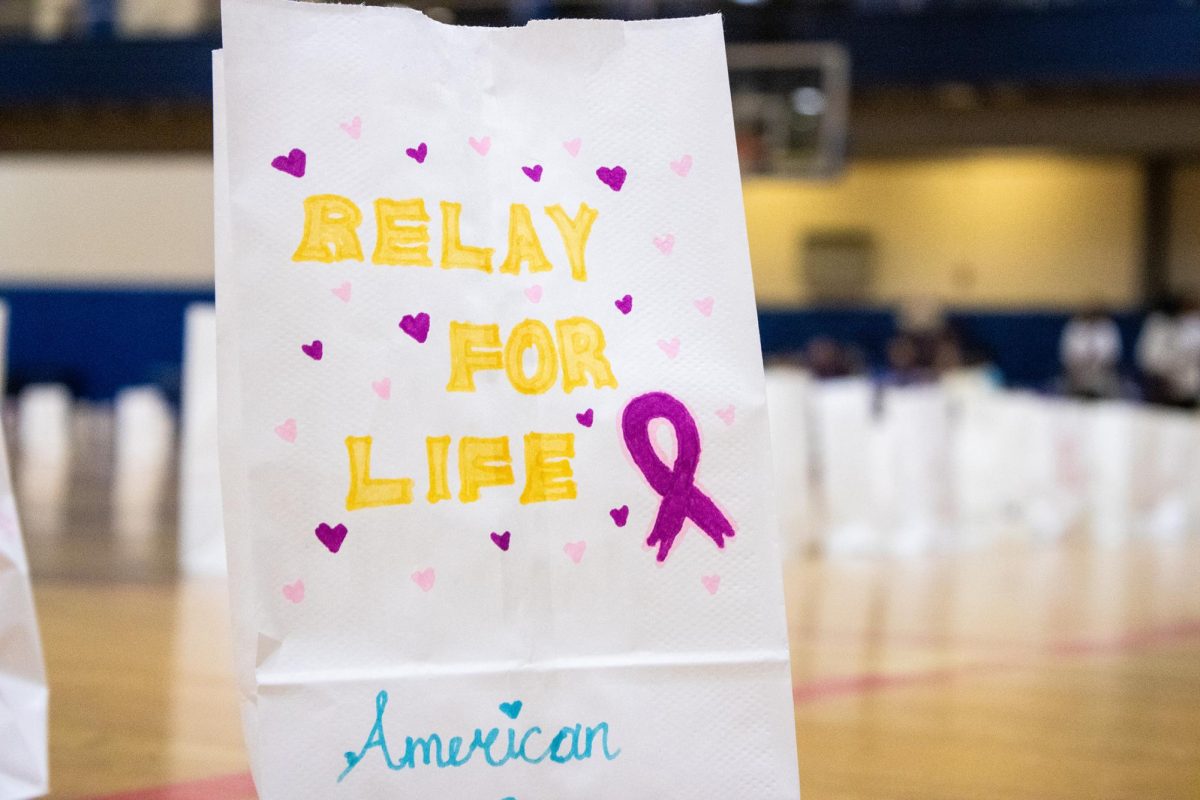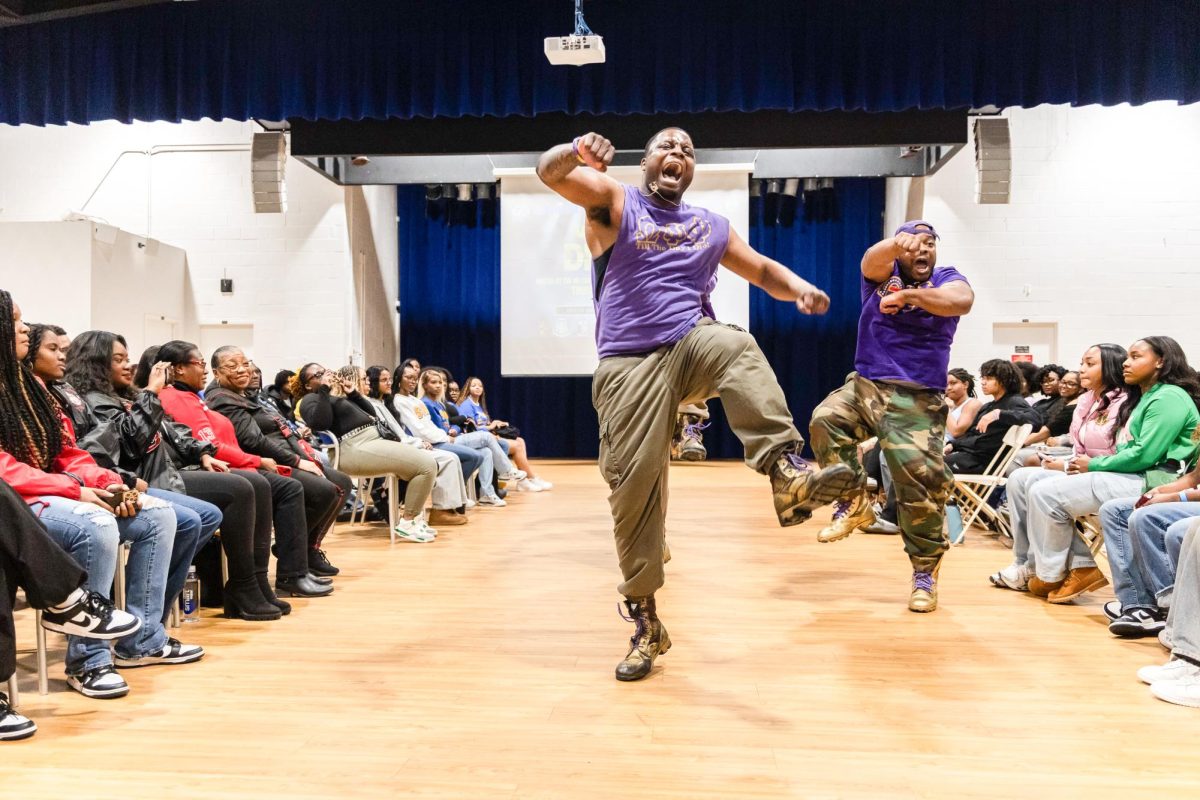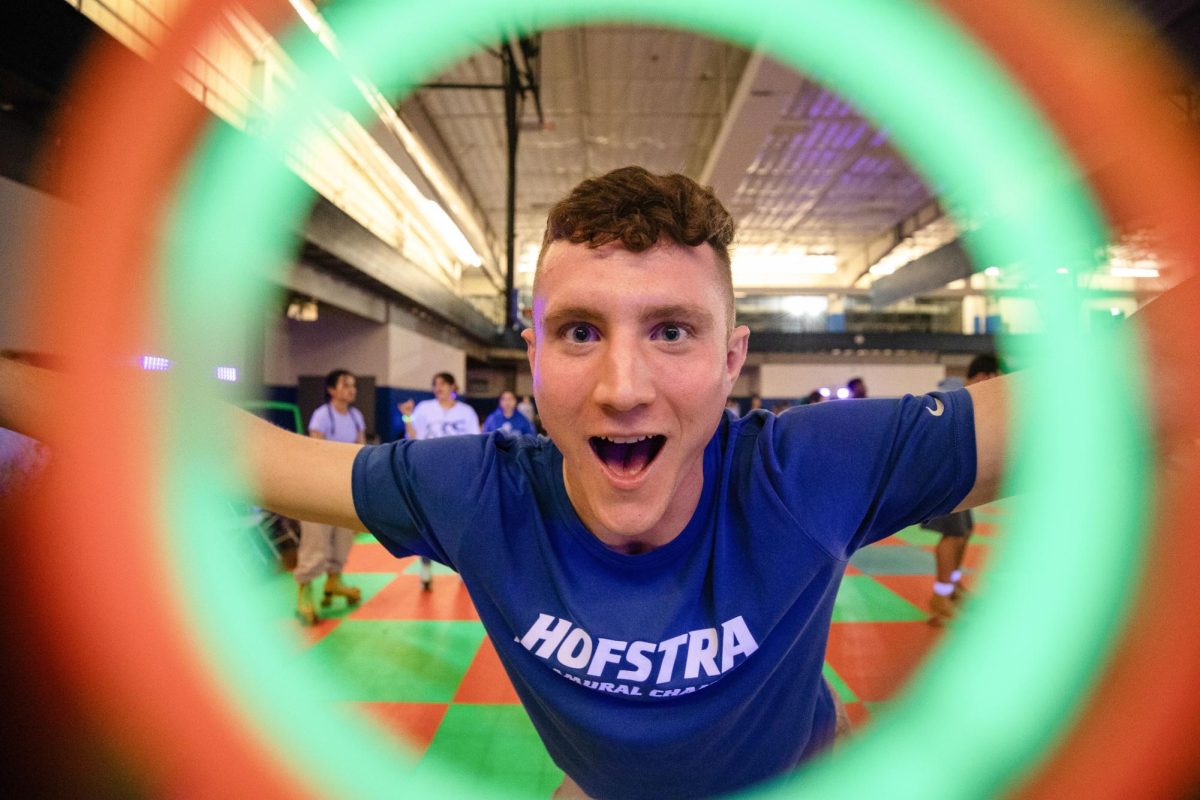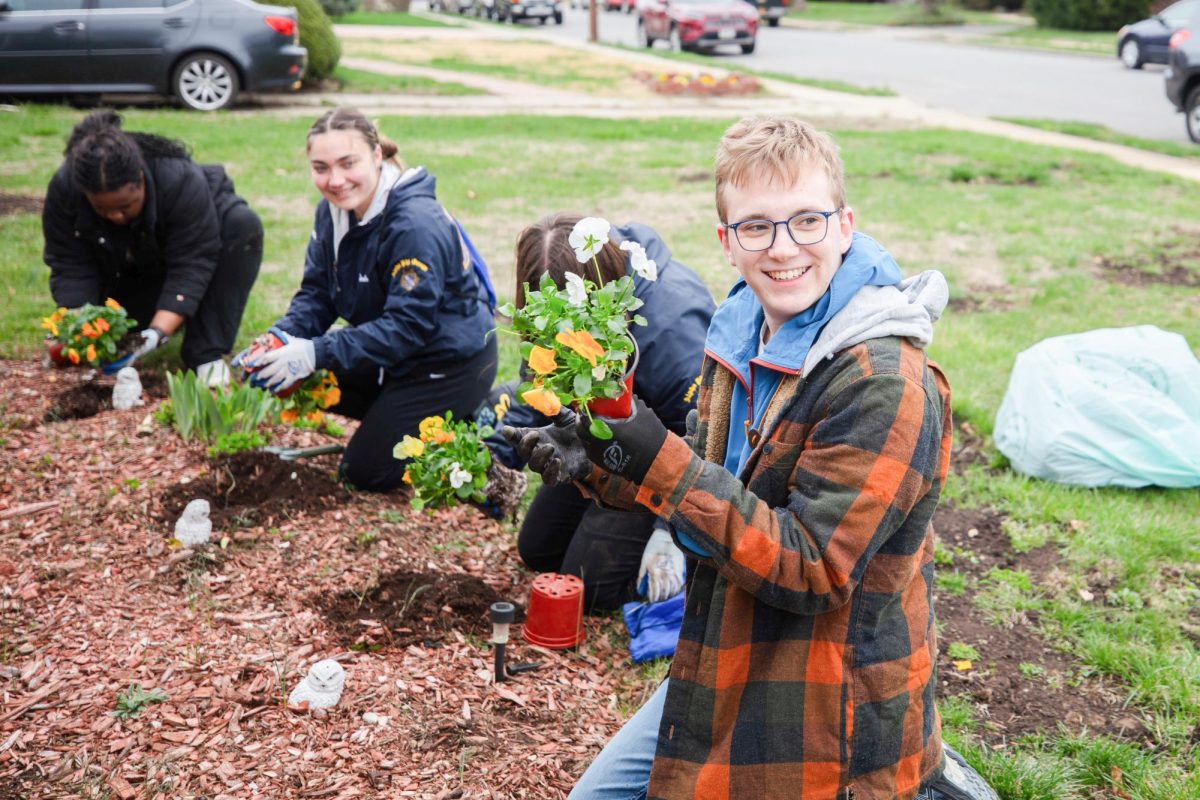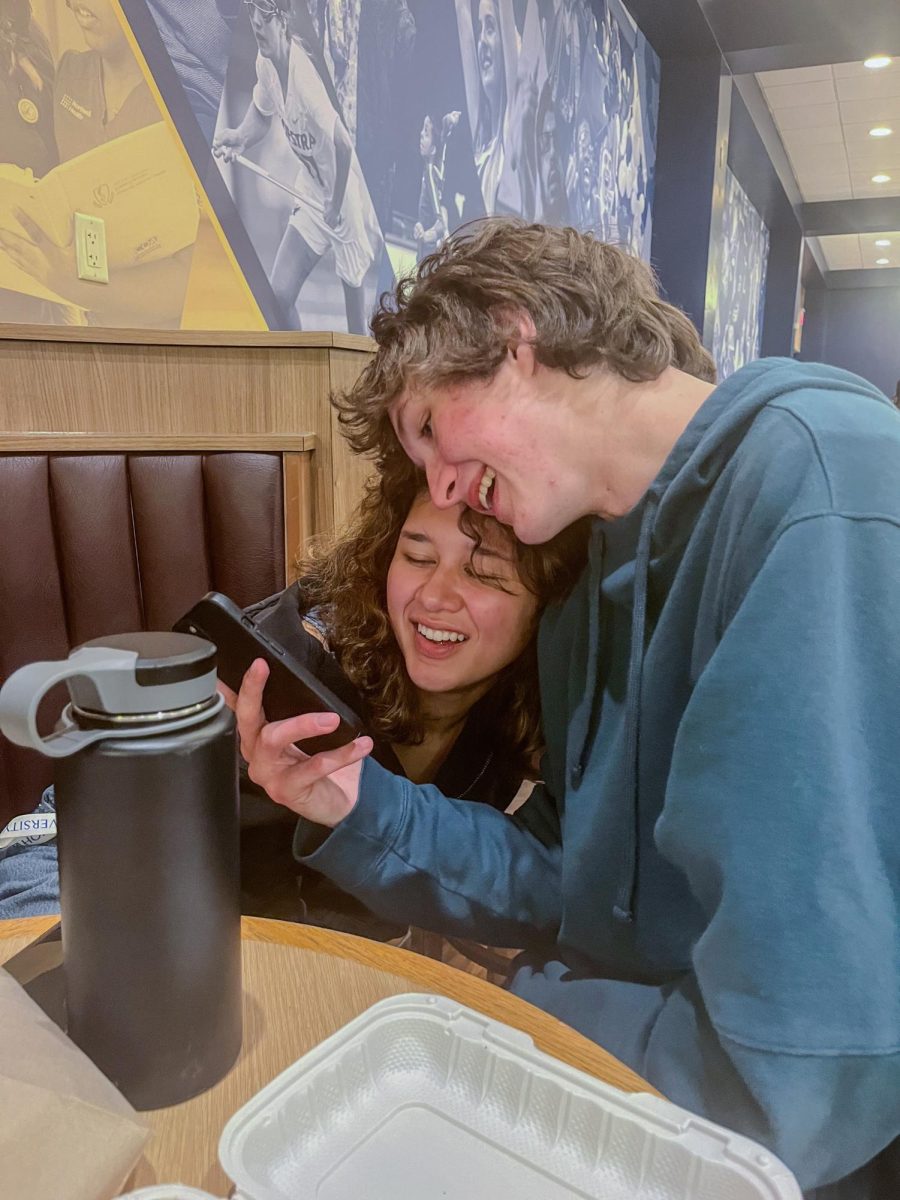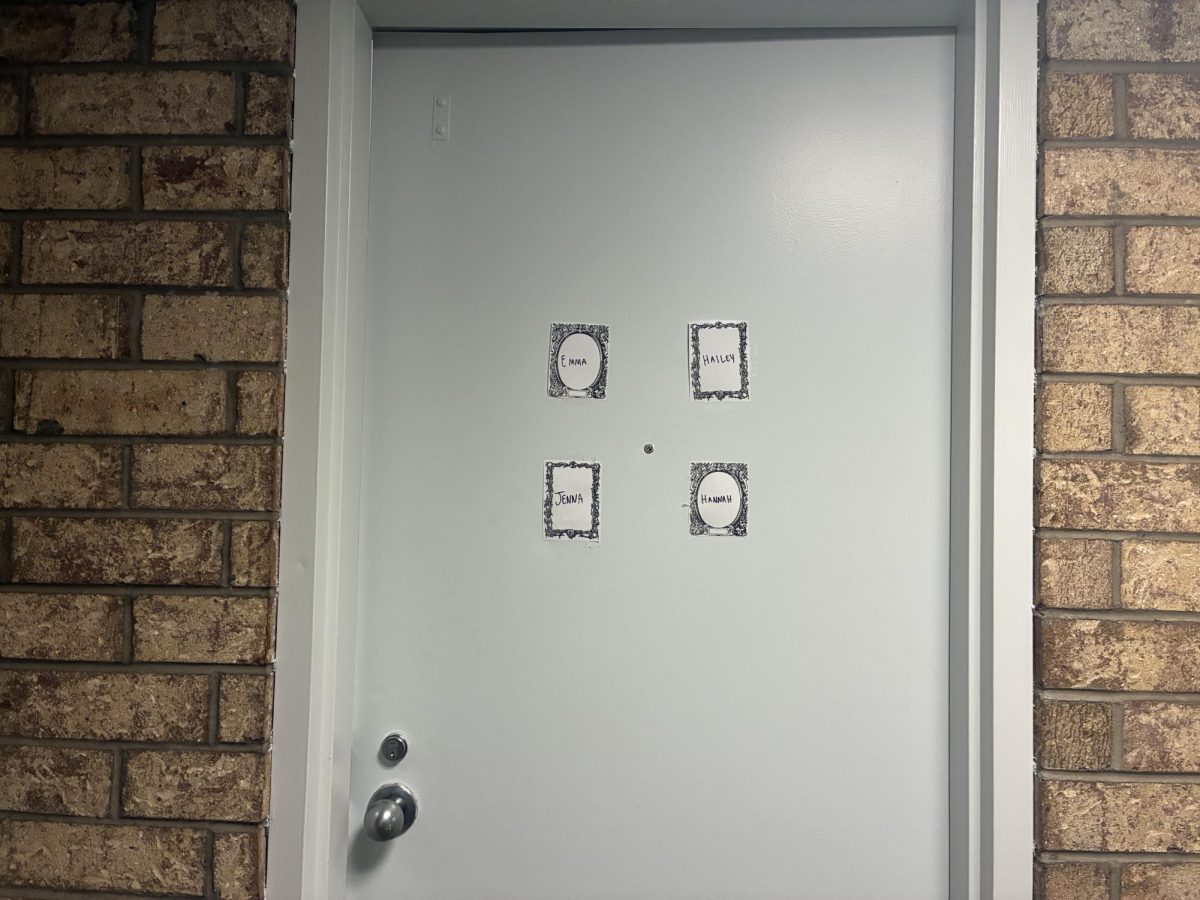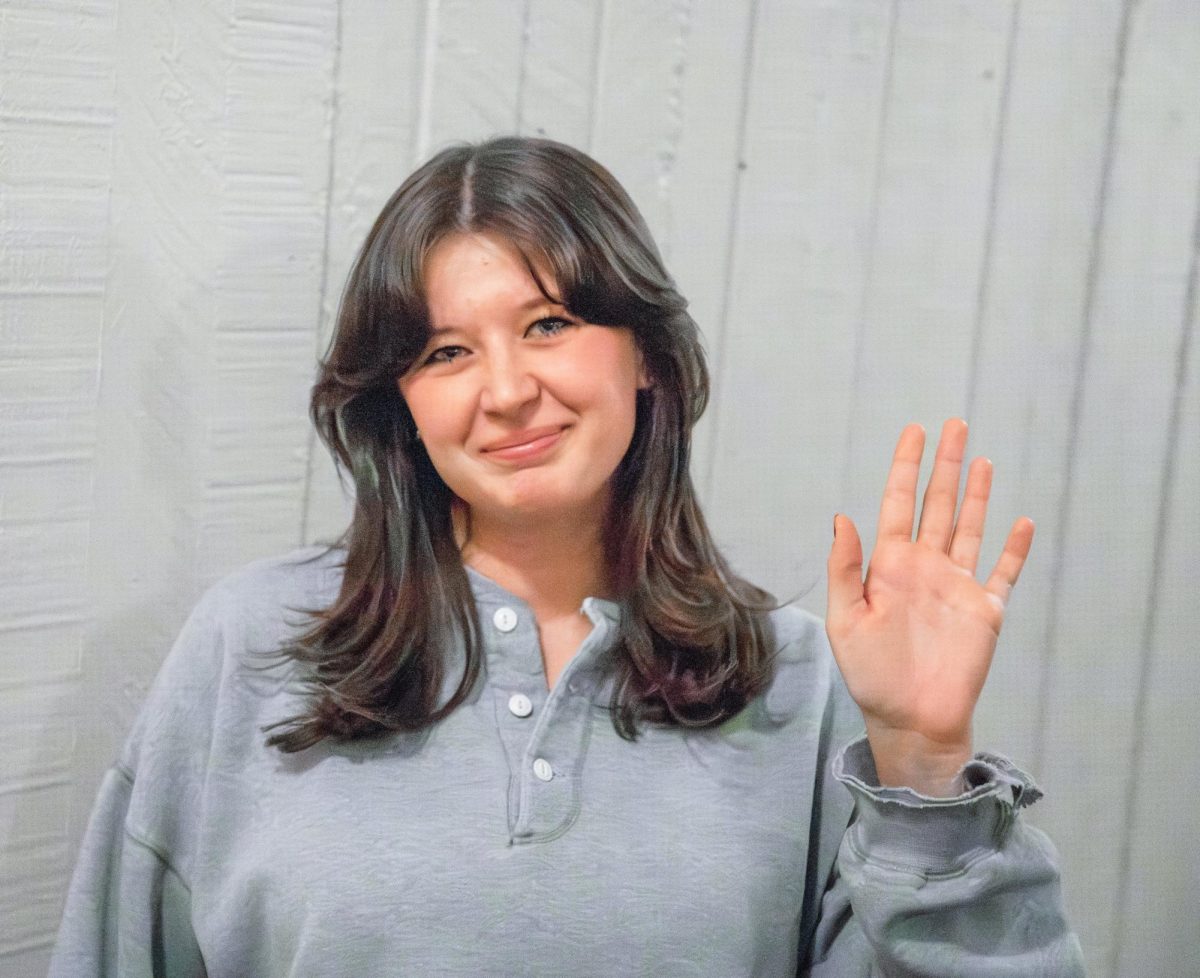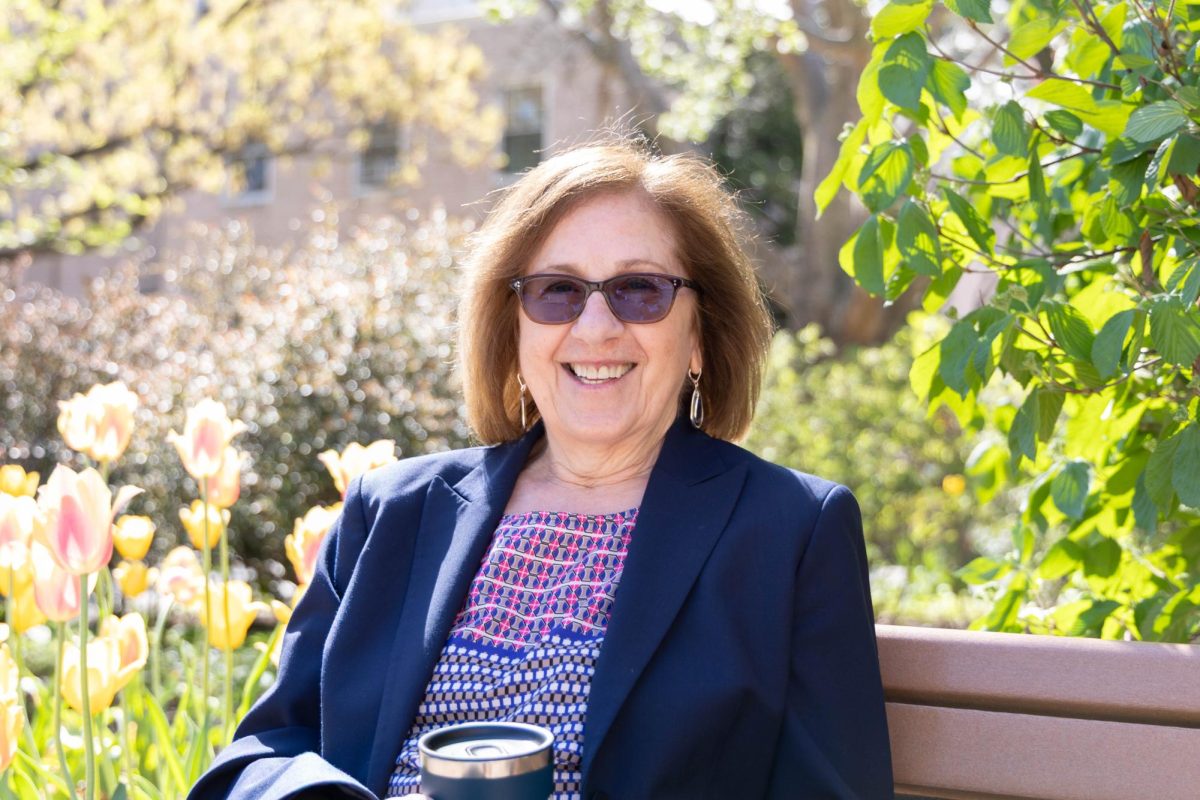By Ava Mandel and Daniel Nguyen
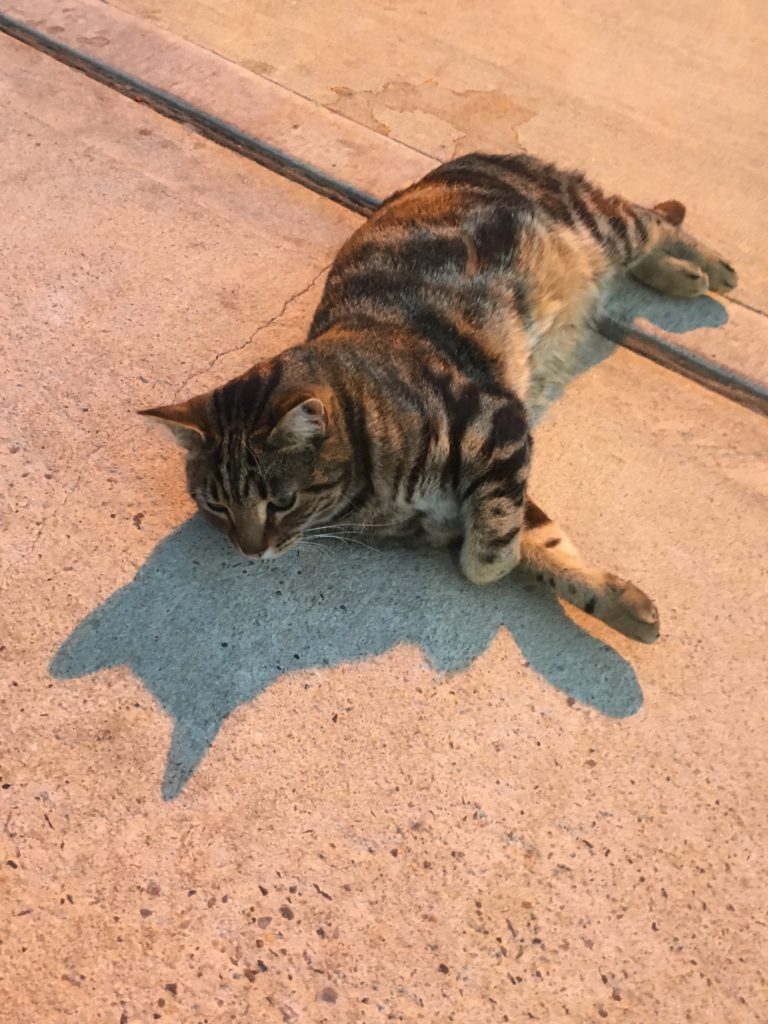
One of the most unique aspects of campus life at Hofstra is the presence of some furry friends who hang out on the quad and around many academic buildings. The Hofstra cats have been around since Kate Hofstra’s death in 1933 and rumor has it that the cats on campus are taken care of by staff and faculty; however, this is false. The life of a Hofstra cat is in fact much more dependent on good Samaritans and animal benefactors.
One of today’s benefactors, Lori Montanino, has been taking care of Hofstra cats since she began as an undergraduate student at Hofstra. Montanino, a current fifth year graduate student in Hofstra’s School-Community psychology doctoral program, has formed close connections with the cats on campus as their de-facto caretaker.
“I always make fun of myself because I am definitely like the crazy cat lady on campus,” Montanino said.
One cat – known by students as Calkins Cat since he is predominantly sighted near Calkins Hall – is known for being especially friendly on campus. He recently suffered an infected paw. Seeing the limping feline, a Public Safety officer contacted Montanino, who took Calkins Cat, whose name is Franklin, to the vet where he was deflead and taken to her home for recovery.
Franklin’s case is just one of many instances where Montanino has taken it upon herself to take care of the Hofstra cats. But the strain is considerable, both financially and timewise, especially since Montanino now has five cats and a puppy at home. With a dissertation and full-time job, her ability to care for Hofstra’s many cats has increasingly waned. Now facing graduation in May, Montanino hopes to establish an official group for the cats’ care before she leaves.
She is one of many individuals on campus that have become the unofficial caretakers for the cats since there is no official department or staff member responsible for these felines’ wellbeing. “There’s no one on campus whose job it is specifically to take care of the cats,” said Montanino. “It’s just [been] individual staff and students over the years.”
Multiple issues arise out of the current lack of a dependable care system for the cats, besides Montanino’s caretaking. One such issue is the circulation of the misinformation that the cats are taken care of by Hofstra. “People want to help, but are sort of on the fence [and] think ‘oh someone else is going to do that, somebody else takes care of that, they’re all taken care of … they have somewhere to go inside and they’re taken care of regularly by vets.’ And none of that is true.” Montanino said.
Another solo-acting cat caregiver is Claire Cosgrove. Cosgrove is known in the Hofstra cat rescue world for taking over the cat colony located by Café on the Quad. She has been caring for the felines over there for the past 10 years.
Cosgrove is an active participant in the Trap-Neuter-Return (TNR) program and still traps about 40 to 50 cats a week that she brings in to get sprayed and neutered in this area. Montanino says, “She doesn’t have any formal training or background. She’s not employed by the town or anything like that. She’s just somebody who wants to help.”
In addition to single-acting members of the community caring for the cats, multiple organizations have also chipped in to assist with these furry creatures. Organizations – including Tender Loving Cats – focus on rescuing cats, cat rehabilitation and reducing Long Island’s cat population through TNR.
In fact, the town of Hempstead also offers a free TNR program. According to Montanino, a TNR program allows “any cat who is a community cat, who is a feral cat, who is not owned, is spayed and neutered for free by the town. They get their first rabies and distemper shots and they also get deflead and dewormed.”
TNR programs effectively reduce the feral cat population size without euthanization and allows for the cats to live longer and healthier lives. To illustrate the effectiveness of TNR as opposed to the outdated catch-and-kill method, consider statistics from Alley Cat Allies, an advocacy organization devoted to protecting and improving the lives of cats. Seventy-two percent of all cats entering animal control pounds and shelters are killed, just 23 percent are adopted and only 2 percent are reunited with their owners. For feral cats, the kill rate in pounds and shelters rises to nearly 100 percent.
Despite the work of Tender Loving Cats and organizations like it, there is still a need for an officially organized group to care for the cats and maintain their shelters. These shelters are numerous and spread out across campus, providing the cats protection from the harmful elements during Hofstra’s winter seasons.
Unfortunately, spring cleaning and the Plant Department – who maintain the university’s idyllic landscape – often throw out the unsightly cat shelters. “Their job is to plant the flowers and make sure everything looks nice, and they get thrown out in the process which is why I use cheaper and disposable shelters, but it’s still $20 or $30 for every shelter that gets thrown out. So it can be frustrating, but what I do typically is locate them in different places around campus where I know the cats are already living,” Montanino said.
To reconcile these problems, Montanino suggests establishing an official student cat caretaker club in association with departments on campus, as well as with animal organizations off-campus, such as Tender Loving Cats.
“I think that having an organized program would be beneficial on all fronts and there’s no negatives to it. I think that it would be easier to maintain a high level of care for [the cats],” Montanino said. “I think a lot of people want to help, but they just don’t know how. So I think that an organization would help for people to know how to get involved, to be able to volunteer time or financial resources or whatever and it would also centralize the process for [rescuing a cat].”
Stony Brook University already has a dynamic cat caretaker organization on its campus that Hofstra could model a similar future club off of. The institution’s cat-care group consists of students, some people from the community and its faculty and staff.
A cat care group would be sure to care for all cats on campus and continue the TNR process. Cats such as Franklin, who is now recovering peacefully in Montanino’s home, would be given the opportunity to receive proper treatment and care under a cat caretaker club.
Franklin, nicknamed affectionately by Montanino as the “Unfraidy Brindle,” is currently awaiting adoption.

